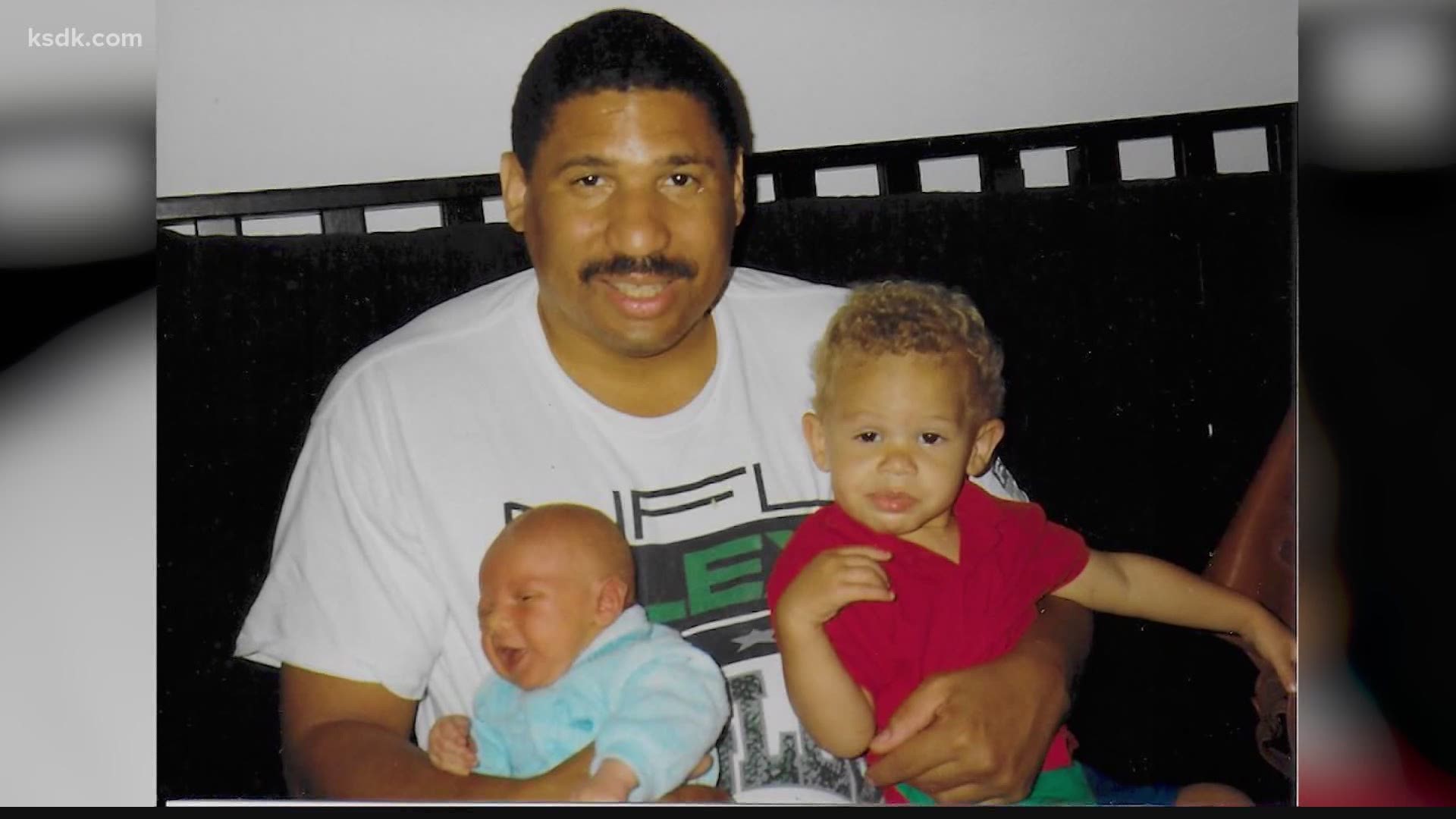KANSAS CITY, Mo. — The Kansas City Chiefs will prohibit the wearing of Native American headdresses, face paint and clothing at Arrowhead Stadium.
They also are discussing the future of the iconic tomahawk chop as they address what many consider racist imagery associated with their franchise.
The team said in a statement Thursday that the changes came after conversations with national organizations that work closely on issues that affect Native Americans. They also come on the heels of the NFL team in Washington choosing to drop Redskins as its nickname after a long and often contentious dialogue with fans and the public.
“In 2014, we began a dialogue with a group of local leaders form diverse American Indian backgrounds and experiences,” the team said in its statement. “As an organization, our goal was a better understanding of issues facing American Indian communities in our region and explore opportunities to raise awareness of American Indian cultures and celebrate the rich traditions of tribes with a historic connection to the Kansas City area.”
In response to that initial collaboration, the Chiefs began celebrating American Indian Heritage Month by inviting elders to a game each year, and having them do a ceremonial “Blessing of the Drum and the Four Directions of Arrowhead Stadium."
Those discussions also led to the Chiefs discouraging the wearing of ceremonial headdresses and face paint, though they were still seen throughout Arrowhead Stadium on game days. Now, those fans wearing often elaborate headdresses and face paint will be stopped at the gate and prohibited from entering the facility.
The Chiefs also said they are “engaged in a thorough review process of the Arrowhead Chop," which is also used by fans of the Florida State Seminoles, Atlanta Braves and other sports teams. The team also hopes to shift the focus of the war drum that is pounded at the start of games to “something that symbolizes the heartbeat of the stadium.”
“We are exploring all options for a modified engagement moment from the Drum Deck that maintains a unifying effect between our fans and our players but better represents the spiritual significance of the drum,” the team said.
The Chiefs, who are named after former Mayor Harold Roe “Chief” Bartle, have made other changes throughout the years to distance themselves from Native American imagery. The pinto horse named Warpaint that rides onto the field was originally ridden by a man in full Native American headdress, but for years has been ridden by a cheerleader instead.
Despite the changes, there have continued to be occasional demonstrations, protests and public outcry at Chiefs games at home and on the road. Native Americans sought to have the Arizona Cardinals bar face paint when the Chiefs visited several years ago, and protests took place in Minnesota in 2015 before a game against the Vikings.
Officials and students at nearby Haskell Indian Nations University in Lawrence, Kansas, asked the Chiefs to ban behavior that invokes stereotypes amid their 2016 playoff run. And when the franchise won its first Super Bowl in 50 years in February, it once again put the subject of tradition versus racism at the forefront of the national consciousness.
The team did not address its nickname, its logo of “KC” inside an arrowhead, or the name of Arrowhead Stadium itself in its statement Thursday. But it did say that it was exploring the creation of a formalized education program, and it promised to continue discussions with Native American groups moving forward.
“We are grateful for the meaningful conversations we have had with all of these American Indian leaders,” the team said. “It is important we continue the dialogue on these significant topics and we look forward to continuing to work together.”


